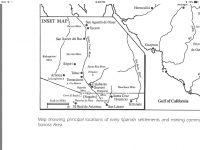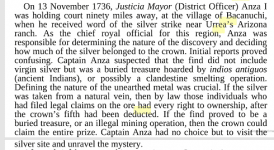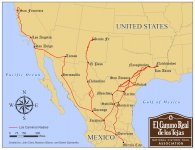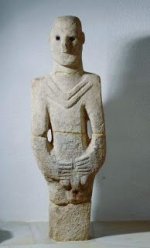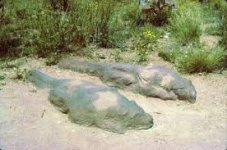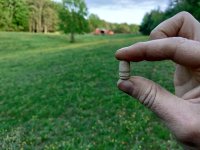- Thread starter
- #201
http://www.mysteryglyphs.com/pages/Articles/20090724_0001A.pdf Here is some pretty good info on the Glyphs I found that should explain a lot about how they were engineered.
Cyzak, if you have a mystery glyph associated with your site, there might be information in the glyphs that will give you clues as to it's purpose. If you can get to it, you might try measuring each symbol. This might give you some clue about the type of measurement used. If you get measurements that are consistently on the inch, it might show that the modern inch was used and helping you date it. Not only that, but if the measurements are that exact, it probably means that there is a code that could include the measurements of the symbols. Also, I noticed one symbol that was made at an angle. Measure these angles because they may be pointing you a direction to go toward or maybe a heading. Add all the measurements up and look for clues. The glyph was put there, at that spot, for a reason, and it is probably sending you somewhere else. Something else I would do is find all the owners of the land that the stone is on and find out what you can about them.



